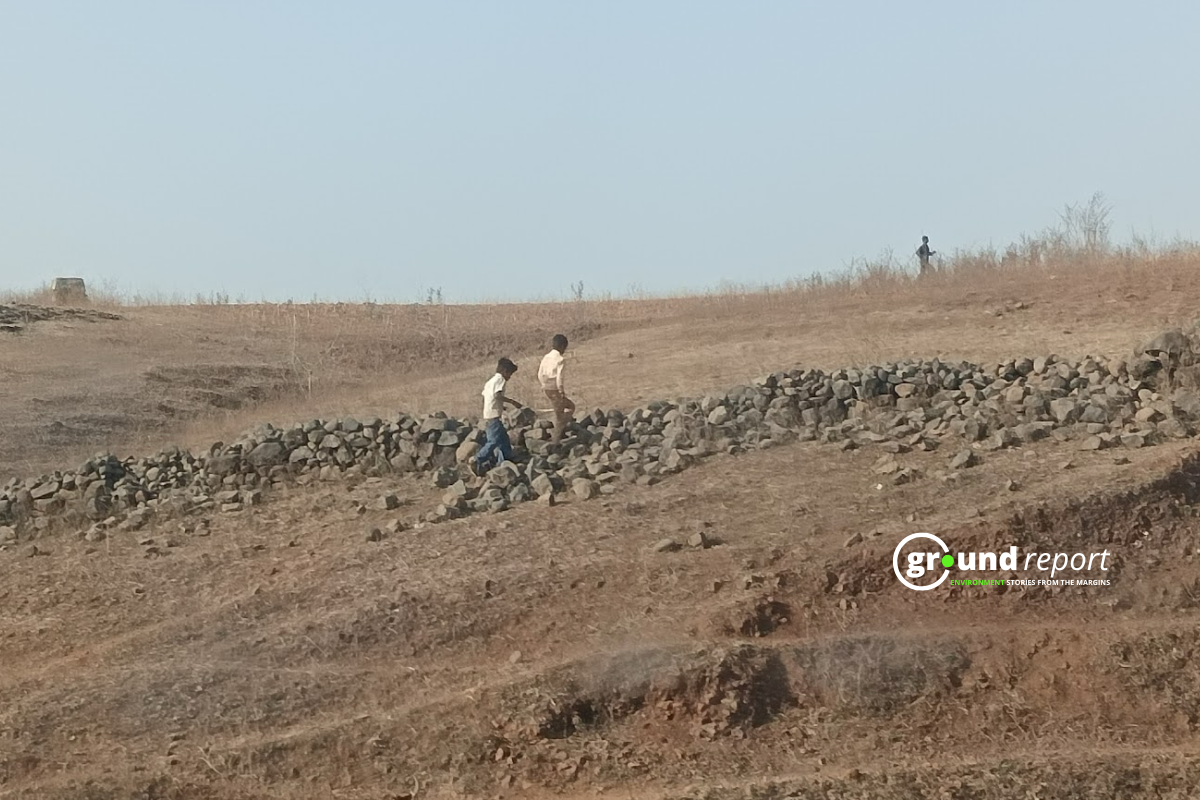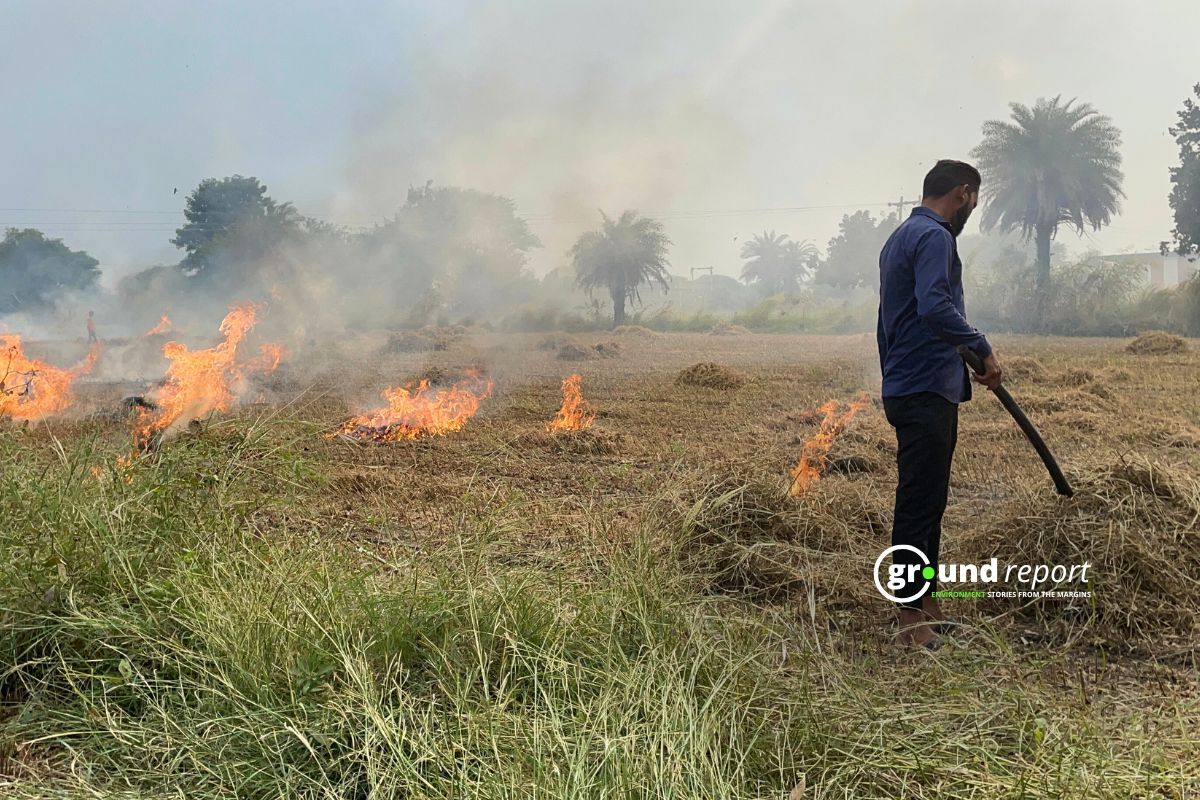On April 13, 2025, Chief Minister Mohan Yadav announced that Madhya Pradesh would be home to its 25th wildlife sanctuary, to be named after Dr. Bhimrao Ambedkar, a towering figure in Indian history and the architect of the Constitution. The sanctuary, located in Sagar district, covers an area of 258.64 square kilometers and will provide a sanctuary for wildlife while contributing to ecological balance and the state’s environmental protection efforts.
Chief Minister Yadav shared the announcement on social media, noting, “This sanctuary will not only offer a secure haven for wildlife but will also play a pivotal role in environmental protection, ecological balance, and the creation of local employment opportunities.”
सागर में मध्यप्रदेश का 25वाँ अभयारण्य…
सागर जिले के 258.64 वर्ग किलोमीटर के आरक्षित क्षेत्र को ‘डॉ. भीमराव अंबेडकर अभयारण्य’ घोषित करने की अधिसूचना जारी कर बाबा साहब को सच्ची श्रद्धांजलि अर्पित की। इस नए अभयारण्य से वन्य जीवों को एक नया सुरक्षित आश्रय मिलेगा।
बाबा साहब के नाम…
— Dr Mohan Yadav (@DrMohanYadav51) April 12, 2025
He added that the naming of the sanctuary after Dr. Ambedkar reflects the state’s deep respect for both the social leader and nature. “This is not just about wildlife preservation. It is a symbolic dedication to Baba Saheb, representing our respect for his contribution to society as well as our reverence for nature.”
This new wildlife sanctuary, located in the reserve forest areas of Shahgarh and Banda Tehsils under the North Sagar Forest Division, will offer refuge to various species of flora and fauna. As the state of Madhya Pradesh faces escalating challenges from climate change and urbanization, the sanctuary stands as a bold move toward safeguarding the region’s natural heritage.
Similarly, on March 13 this year, the Madhya Pradesh State Wildlife Advisory Board has also approved the creation of another important sanctuary: the Omkareshwar Sanctuary. Covering 614 square kilometers across Dewas and Khandwa districts, this marks the first major Protected Area (PA) expansion in the state in almost 45 years. The commitment of Chief Minister Yadav to conservation is clear, as he has taken a proactive role in creating new tiger reserves like Ratapani and Madhav. He has at least three more sanctuaries in the works.
Madhya Pradesh is already a leader in wildlife conservation. The state currently has nine tiger reserves and 25 wildlife sanctuaries, covering around 11,200 square kilometers—about 12 percent of its forest area. Most of these reserves were set up during the 1980s, under the conservation push led by Prime Minister Indira Gandhi. Since then, the pace of expanding Protected Areas (PAs) has slowed, with only small additions recently.
The creation of new sanctuaries, including Omkareshwar, faced significant obstacles in the past. In 2019, former state forest minister Umang Singhar proposed the establishment of 10 new sanctuaries spanning 15,000 square kilometers to strengthen tiger corridors. However, this proposal met resistance not just from political opponents, but even from within the ruling party.
One of the main concerns was the restriction of land sales and changes in land-use rights for local communities. J.S. Chauhan, former chief wildlife warden of Madhya Pradesh, explained, “The moment communities oppose the creation of a PA, politicians also join in. It is up to the forest department to convince the community by highlighting the benefits of creating a sanctuary or national park.”
Chief Minister Yadav has been successful in moving forward with these conservation projects because he addressed these concerns head-on. In the case of the Omkareshwar sanctuary, he worked closely with local communities to find a balance between conservation and development. This ensured that the project would not harm local livelihoods.
To make the Omkareshwar sanctuary feasible, the government made several adjustments. These included excluding 10 villages and 117 hectares of water bodies to preserve local fishing rights. This pragmatic approach ensures that both the environment and the people benefit.
“Conservation and development must move forward together,” Yadav said. “The Omkareshwar sanctuary will not only provide a safe habitat for tigers in western Madhya Pradesh but will also become a tourism destination, taking advantage of the water resources and the cultural significance of the Omkareshwar temple.”
Madhya Pradesh drives significant conservation efforts, expanding its wildlife sanctuaries and tiger reserves while aiming to lead in wildlife tourism. The Dr. Bhimrao Ambedkar Wildlife Sanctuary and other planned sanctuaries will protect biodiversity and generate rural jobs.
This new sanctuary also supports India’s wider conservation goals. As the country faces challenges like climate change, habitat loss, and human-wildlife conflict, Yadav’s push for more protected areas is helping ensure both wildlife and local communities benefit from conservation efforts.
As Madhya Pradesh faces pressures from urbanization and climate change, the Dr. Bhimrao Ambedkar Wildlife Sanctuary offers hope. It reflects the state’s commitment to preserving Dr. Ambedkar’s legacy and the natural beauty of Madhya Pradesh. This sanctuary reminds us that conservation is not just about saving nature—it’s about protecting the identity and future of the people living there.
Support us to keep independent environmental journalism alive in India.
Keep Reading
‘Forever Chemicals’ found in all the world’s toilet paper
Trump shuts down staff helping families pay heating bills
Full list of words banned by Trump, including ‘Climate Change’
Oil companies seek Trump’s help to fight climate lawsuits & regulations
Follow Ground Report on X, Instagram and Facebook for environmental and underreported stories from the margins. Give us feedback on our email id greport2018@gmail.com.
Don’t forget to Subscribe to our weekly newsletter, Join our community on WhatsApp, and Follow our YouTube Channel






